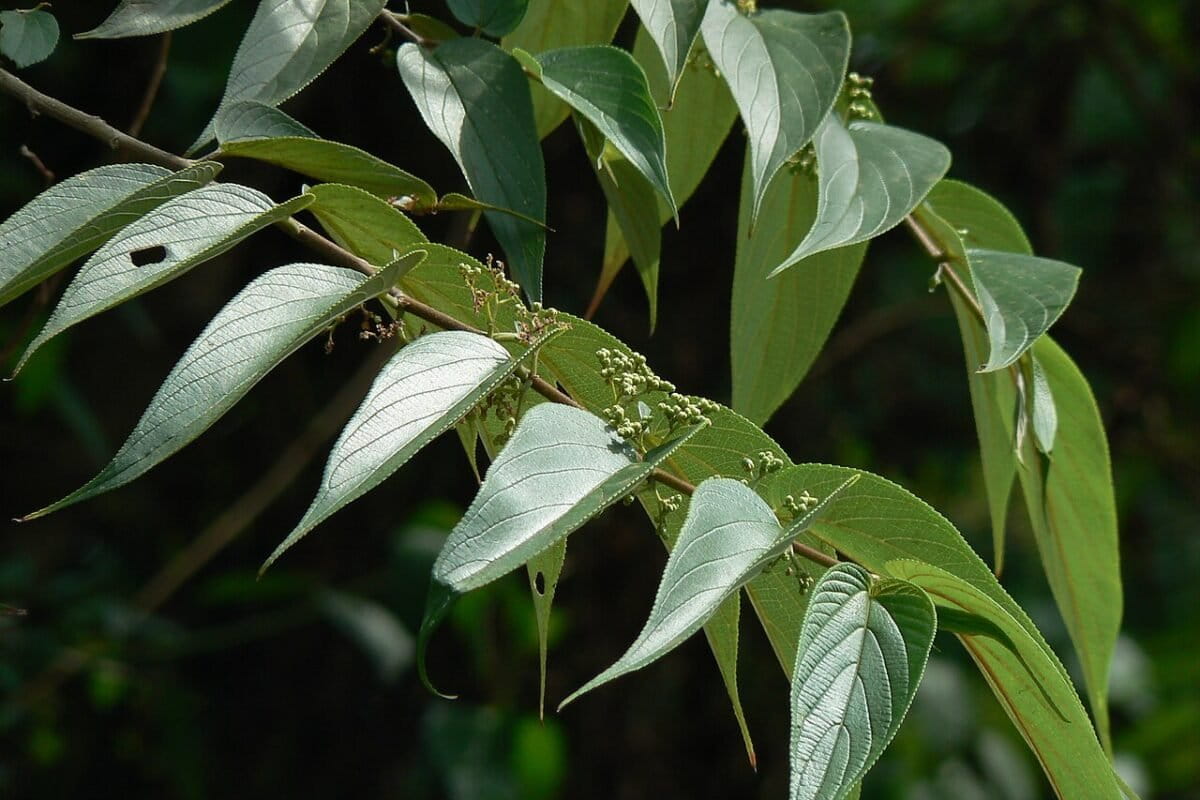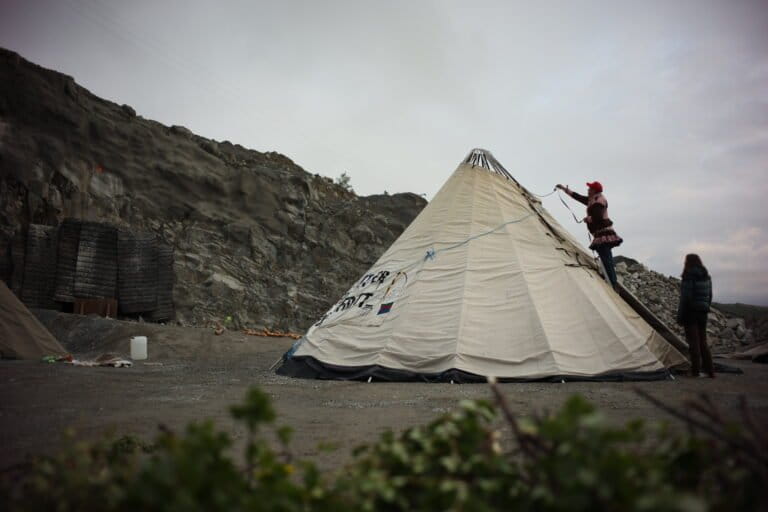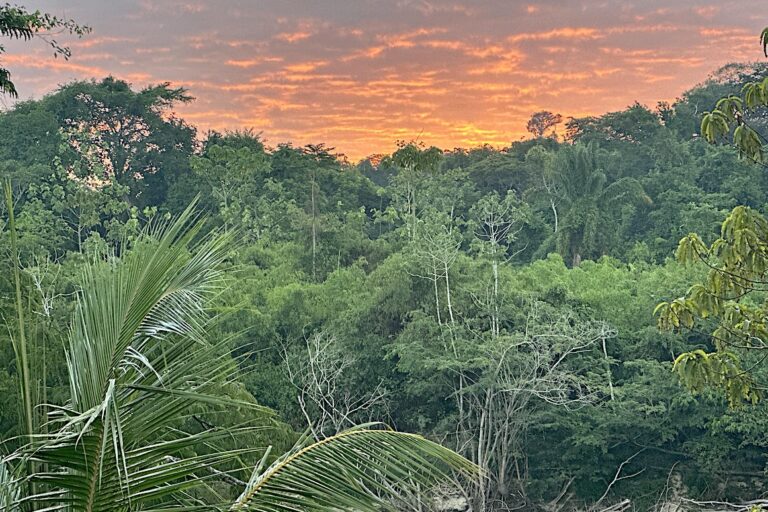- Carbon credits have long been a part of the climate change discourse and so the universe of different types of carbon credits is fairly well understood. What about biodiversity credits, at the heart of an initiative announced by Emmanuel Macron at COP27?
- Broadly speaking, two cases can be distinguished: on the one hand, regulatory or voluntary biodiversity offset systems with offsets, based on the “no net loss” principle associated with the avoid-reduce-compensate (ARC) sequence. On the other hand, credits not intended for offsetting, modeled on voluntary carbon credits, which are, above all, financing vehicles for actions in favor of biodiversity.
- Alain Karsenty, an economist at CIRAD, explores their interest and limits in relation to systems already in place or proposed elsewhere.
- This post is a commentary. The views expressed are those of the authors, not necessarily Mongabay.
President Macron announced on 7 November 2022 at the CoP 27 in Sharm el-Sheikh, Egypt, an initiative to protect the planet’s “vital carbon and biodiversity reserves”, such as old-growth forests, peat bogs or mangroves.
A proposal for “positive conservation partnerships” is made to countries hosting such reserves, based on “political and financial contracts” that would enable them to guarantee their conservation. To this end, “innovative financial mechanisms” will be explored and it is planned that a “high-level group will be tasked with making recommendations on the creation of a biodiversity credit market”.
While the universe of different types of carbon credits is fairly well known, the situation is less clear with regard to “biodiversity credits”. Broadly speaking, two cases can be distinguished: on the one hand, regulatory or voluntary biodiversity offset systems with offsets, based on the “no net loss” principle associated with the avoid-reduce-compensate (ARC) sequence. On the other hand, credits not intended for offsetting, modelled on voluntary carbon credits, which are, above all, financing vehicles for actions in favor of biodiversity.

As the CoP15 on biodiversity opens in Montreal, let’s try to shed some light on these two types of complementary systems, their advantages and their limits.
Compensate if you can’t avoid and reduce
Mitigation and offset policies with objectives such as no net loss or net gain of biodiversity are already well established in a number of OECD countries.
Some countries have structured their implementation in the form of standardized trading units: “credits” or “biodiversity offsets”. Some key features are that they are generally based on ‘no net loss’ or ‘net gain’ targets and use different scenarios of what would happen in a business-as-usual situation. The most advanced systems are regulated rather than voluntary, i.e. the law requires ecological compensation for impacts on biodiversity.
Developers (both public and private) with negative impacts on biodiversity must implement the ARC mitigation hierarchy. If significant residual impacts persist despite this, then they must be compensated. This may involve restoration or protection of other sites – according to rules of equivalence to be established. The developer can carry out the compensation himself if he has control over the land concerned – otherwise, compensation operators will take care of it.
Mitigation banks
When these measures are implemented in advance, in anticipation of the developers’ demand, we speak of ” Biodiversity Offsets Supply “: “mitigation banks” play a pivotal role by issuing different types of credits as the compensations are carried out. This model makes it possible to bring together those of several developers in the same place, with possible ecological continuity between the zones.
What is exchanged between developers and offset operators are biodiversity ‘flows’ (biodiversity losses caused by developers) and biodiversity ‘credits’ (biodiversity gains produced by operators). These are put into ecological equivalence (species; species or habitat; habitat) thanks to a common unit of account and exchange rules. These credits are specific: each category of credit can only offset losses in a similar ecosystem (a “forest” credit cannot be used to offset a loss of wetland, for example).
The complex nature of biodiversity and the requirements of ecological equivalence mean that trading is generally only allowed at a local scale.
Imperfect systems
Ecological equivalence is, however, difficult to establish, especially when the environments are highly specific and the species supported are rare or remarkable. Unlike carbon, there is no real “metric” for biodiversity, and the question is whether equivalence should be based on the number of species, species’ habitats, ecosystem functionality or ecosystem services.
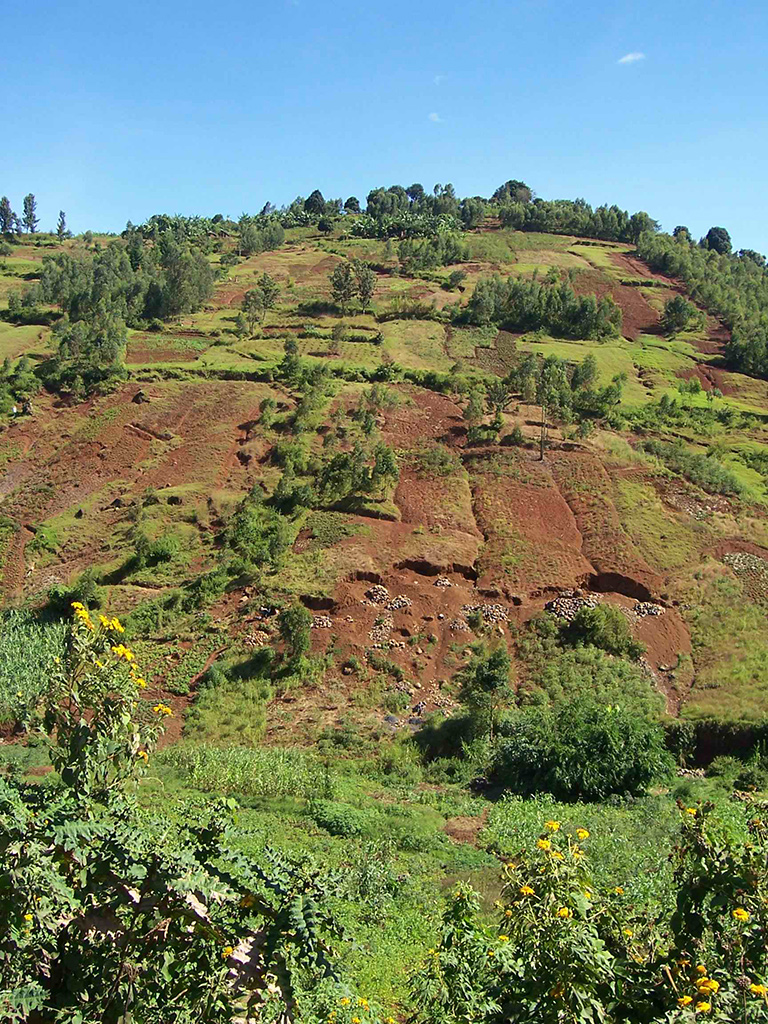
The ARC sequence does not fulfill its objectives: there are many pressures to build roads, mines or dams, etc., and “avoidance” is an option that is rarely chosen. In France, the wording of the “ARC doctrine” is indicative of this embarrassment:
“When, given the state of available scientific and technical knowledge, ecological equivalence cannot be obtained […] the project, as it stands, cannot, in principle, be authorized.”
A large part of offsets is achieved through land purchases, conservation easements or payments for environmental services (PES), and is based on “avoided destruction”, which is supposed to be demonstrated by reference scenarios (counterfactuals) that are often unverifiable, which brings us back to the well-known additionality problem with carbon credits: if the business-as-usual scenario predicts high losses of biodiversity in the offset area, a lesser loss will be presented as a successful offset, even if there is a net loss.
Positive impact certificates
Biodiversity credits, on the other hand, are modeled on carbon credits. They are not intended to compensate for biodiversity losses, but to be financing instruments that can be traded on a secondary market, and are generally designed as “outcome-based payments”.
The think tank International Institute for Environment and Development proposes the term “bio-credits” to distinguish these from the “biodiversity offsets” mentioned earlier. It would be clearer to abandon the term “credits” and talk about “positive impact certificates”.
They would be acquired in the framework of corporate CSR policies or biodiversity funding by foundations or other institutions, without giving the right to a “debit”: whereas a carbon credit is an emission permit, an impact certificate does not give the right to destroy biodiversity. It is a contribution to the collective effort and not an offset.
Forests in Malaysia, “Rhino credits”
Initiatives of this type do exist. One example is the Malua Biobank in Sabah (Malaysia), launched at the end of the 2000s on the initiative of the forestry department, where a “Biodiversity Conservation Certificate” of restoration or protection is issued for every 100 m² of restored/protected forest ecosystem and sold at a price of $10. The buyers were the oil palm companies operating in Sabah.
See related: Biodiversity credit market must learn from carbon offset mistakes
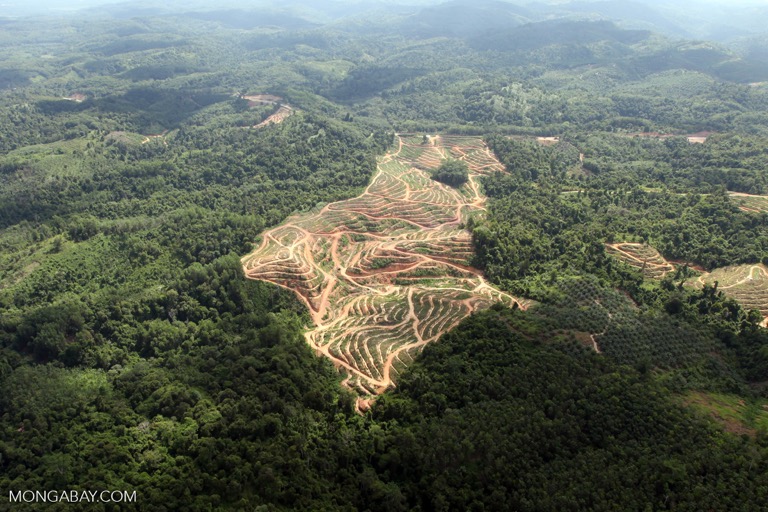
More recently, “Rhino credits” have been offered in Southern Africa. The principle is to solicit impact investors to buy credits associated with the growth of the rhino population. If the targets are met, then traditional donors pay back the impact investors for the credits purchased (or a proportion of the costs if the results are not achieved).
Certificates should not replace the ARC mitigation hierarchy
More generally, these certificates have three purposes:
- to provide a monetizable expression of biodiversity gains (or significant reductions in losses) as a result of an action or project;
- to be a vehicle for project initiators to provide funding; and
- to serve as a vehicle for funding and evidence of impact from investors or other institutions wishing to demonstrate a commitment to biodiversity.
Their quality will depend on the consistency of actions taken by the certificate-issuing entities. A company should first rigorously apply the ERC sequence before being allowed to issue certificates. Activities that result in a “net gain” or absolute reduction in biodiversity losses should be prioritized over those aimed at “avoided losses”, which are often based on unverifiable “no project” scenarios of increasing losses.
Certificates should contribute to achieving a desired state of biodiversity in a territory, not to financing “softened” business-as-usual.
Creation of a secondary market?
There remains the question of a secondary market, i.e. adding a transferable financial asset dimension to impact certificates.
Such a market can only be justified if it leads to an increase in the income of the issuer of the certificate – the project, institution or company – through the capital gains obtained when the certificates are resold by different intermediaries.
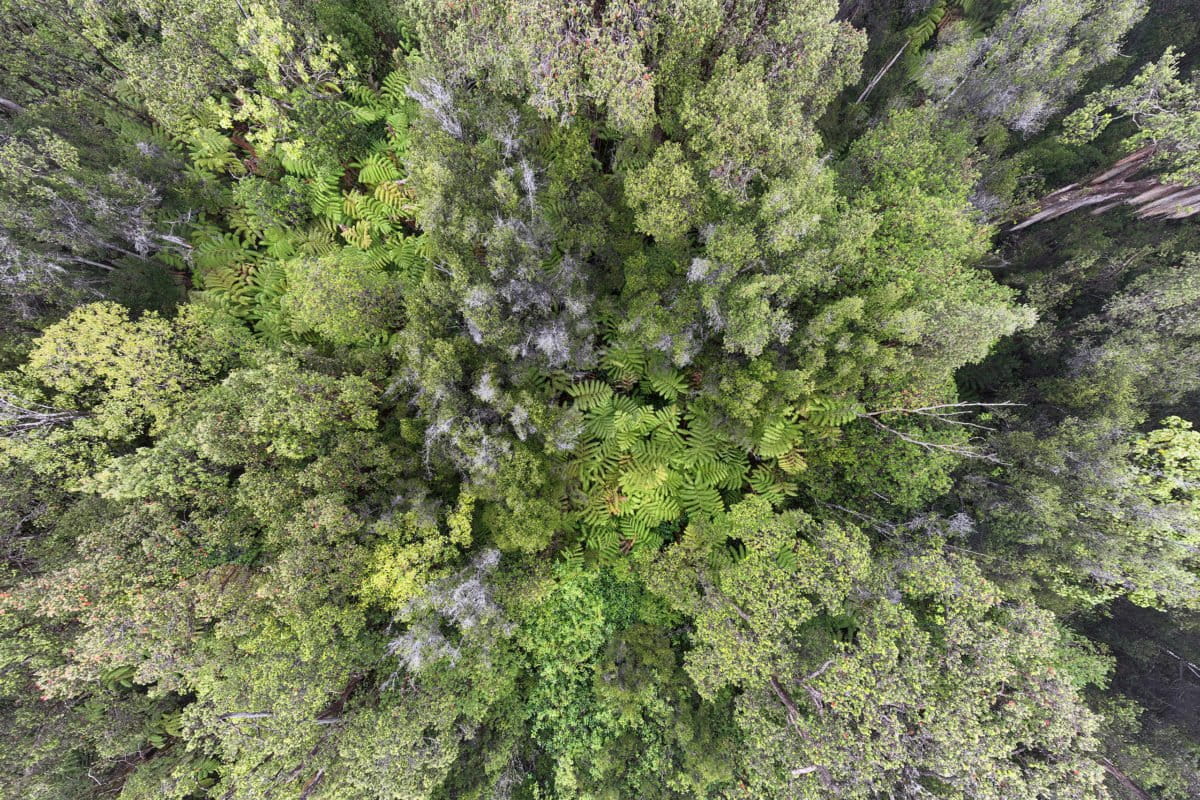
With blockchain technology, it is possible to organize a system of royalties to pay the initial issuer for each transaction, as is the case with NFTs (non-fungible tokens).
In this case, a market for biodiversity certificates would undoubtedly contribute to significantly increasing the revenues of operators acting in favor of biodiversity.
Alain Karsenty is an environmental economist and senior scientist at the French Agricultural Research Centre for International Development (CIRAD) in Montpellier, France. He is the author of dozens of scientific articles and is the co-author of several books.
Banner image: Indri lemur in Madagascar. Photo credit: Rhett A. Butler
See related:
Biodiversity credit market must learn from carbon offset mistakes (commentary)





